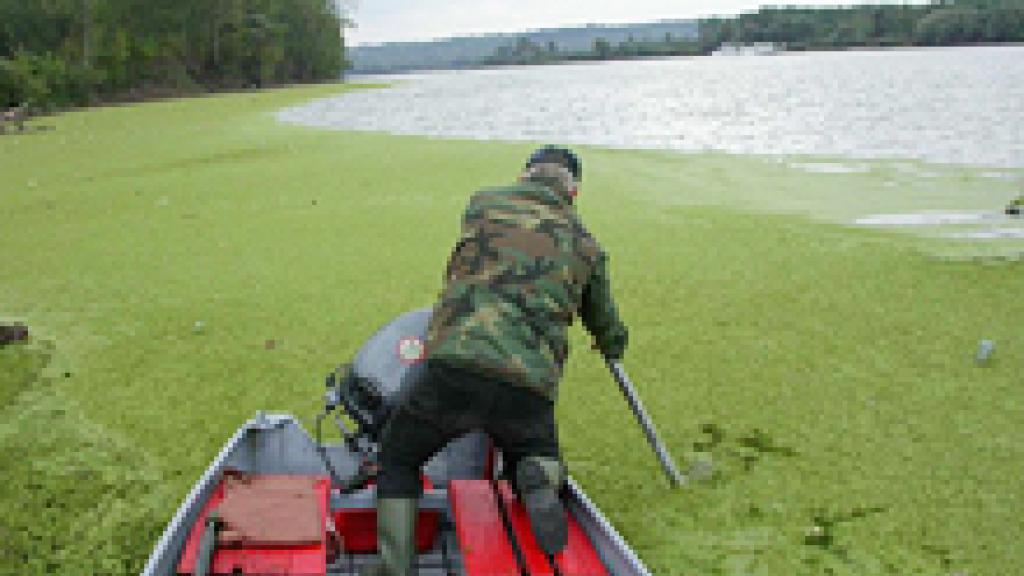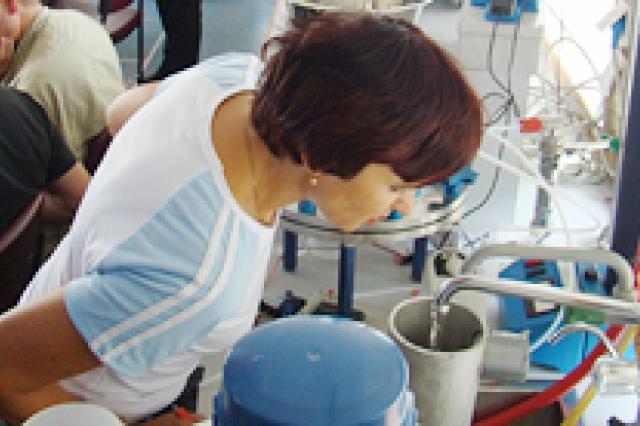Water Quality
Water quality in the Danube has improved over the years, but there is still much work to be done to meet the region’s goals for water status. To improve the water quality, an ambitious programme of measures for the whole Danube River Basin District has been agreed under the EU WFD. To assess trends in water quality, the ICPDR oversees the TransNational Monitoring Network (TNMN). The network carefully monitors physical, chemical and biological conditions in the Danube and its tributaries, and provides in TNMN Yearbooks an annual overview of pollution levels as well as long term trends for water quality in the basin.

The Danube River Protection Convention asks its Contracting Parties to cooperate on water management issues and take all appropriate legal, administrative and technical measures, to at least maintain and improve the water quality conditions of the Danube River. The decision taken by all ICPDR Contracting Parties to jointly implement the EU WFD in the Danube River Basin means in practical terms that the environmental objectives of WFD have been applied in the whole Danube catchment to ensure that good status of surface water and groundwater is achieved throughout the whole Danube River Basin and that deterioration in the status of waters is prevented. The overall results of the status assessment are published on a regular basis in the frame of the Danube River Basin Management Plans.
Ecological status / ecological potential
Ecological status is based on the assessment of the biological status of all WFD biological quality elements (fish, benthic invertebrates, phytoplankton, phytobenthos and macrophytes) and of the supportive physico-chemical parameters (general and specific pollutants) as well as hydromorphological parameters (hydrological regime, river continuity and morphological conditions), following the principles stipulated in the WFD Annex V.
Ecological potential includes the same biological and physico-chemical parameters and reflects given hydromorphological changes. It is assessed for heavily modified as well as artificial water bodies and aims for specific environmental objectives than ecological status.
Ecological status for surface water bodies is assessed based on specific typologies and reference conditions, ecological potential being based on reference approach and mitigation measures approach which have been defined by EU MS according to WFD Annex V.
Chemical status
Chemical status has to meet the requirements of environmental objectives for surface waters outlined in WFD Article 4(1). To meet the good chemical status, the environmental quality standards established in line with the WFD Article 16(7) by EU Directive 2008/105/EC on environmental quality standards in the field of water policy, amended by Directive 2013/39/EU, must not be exceeded.
Invasive Alien Species
The Danube River is seeing an influx of new non-native species, stemming from the increasing interco...
Joint Danube Survey
The key purpose of Joint Danube Surveys (JDS) is to produce reliable and comparable information on c...
TNMN - TransNational Monitoring Network
The TransNational Monitoring Network is an important tool under the Danube River Protection Conventi...







